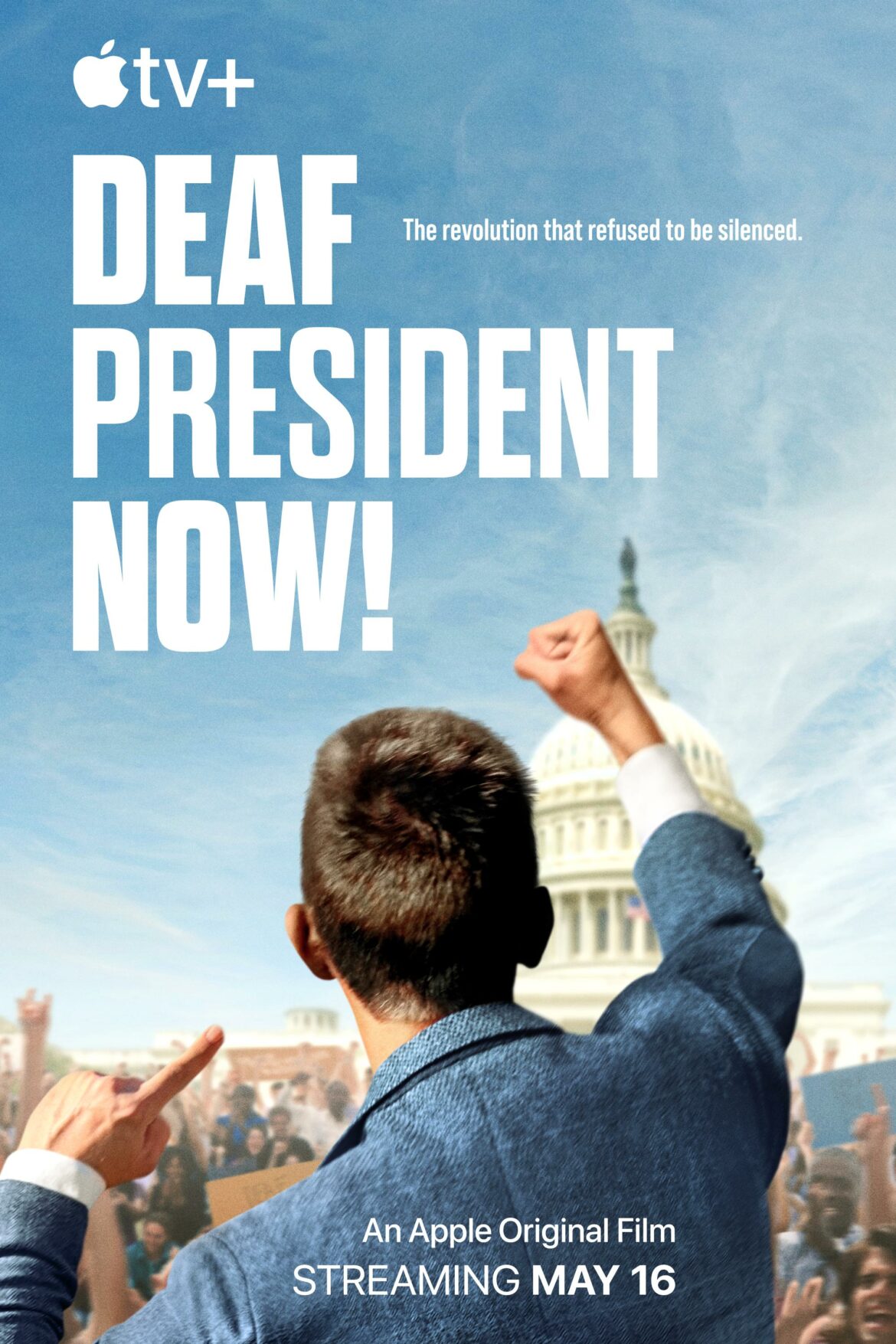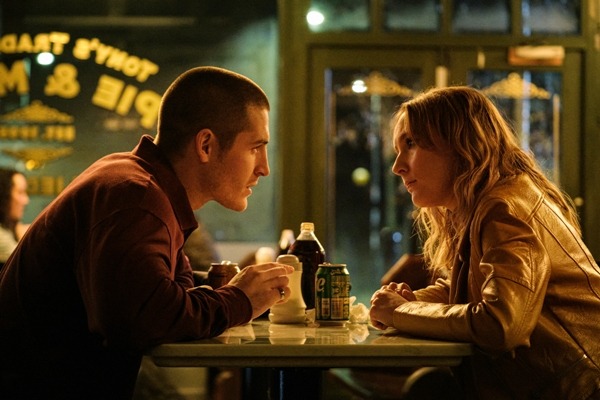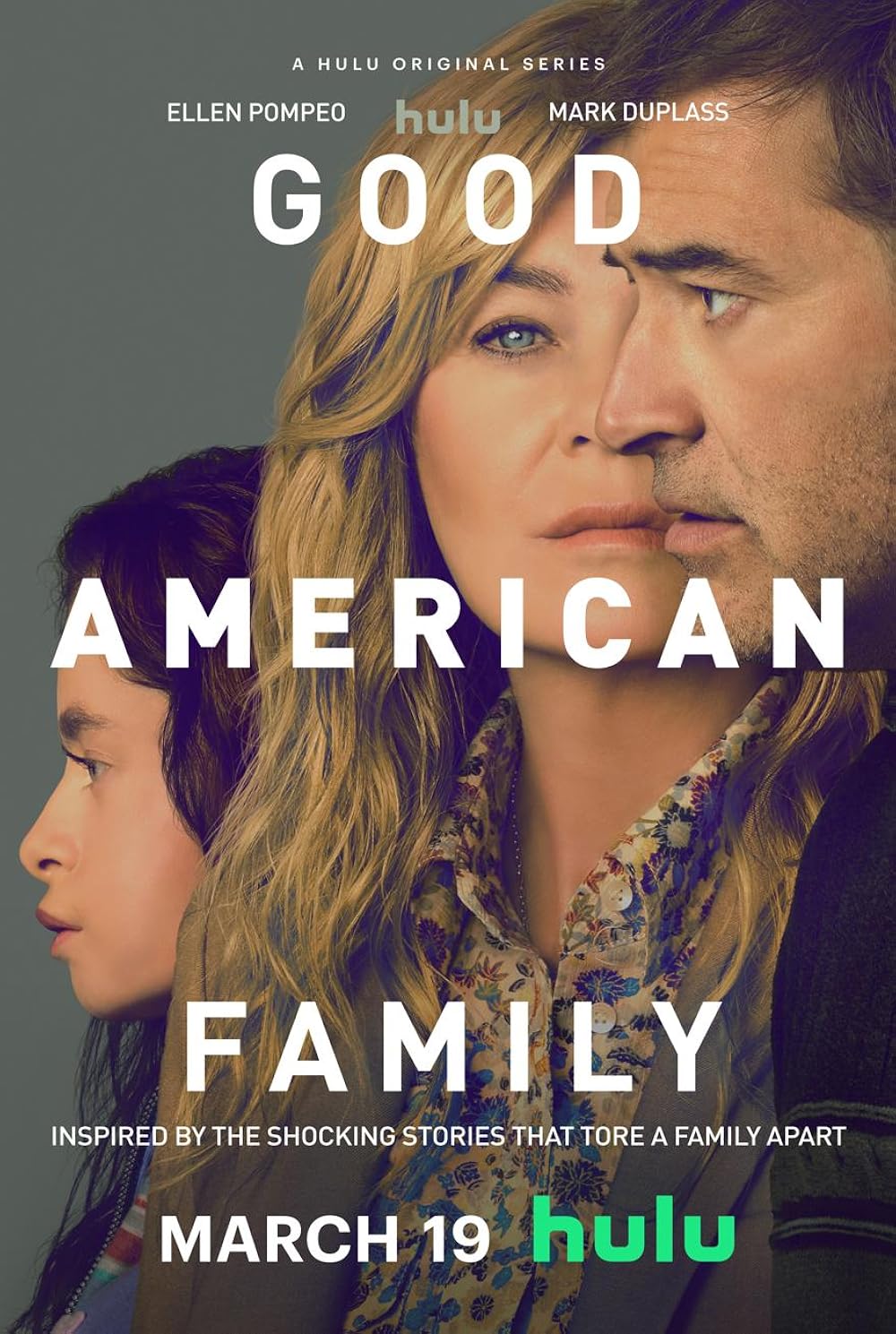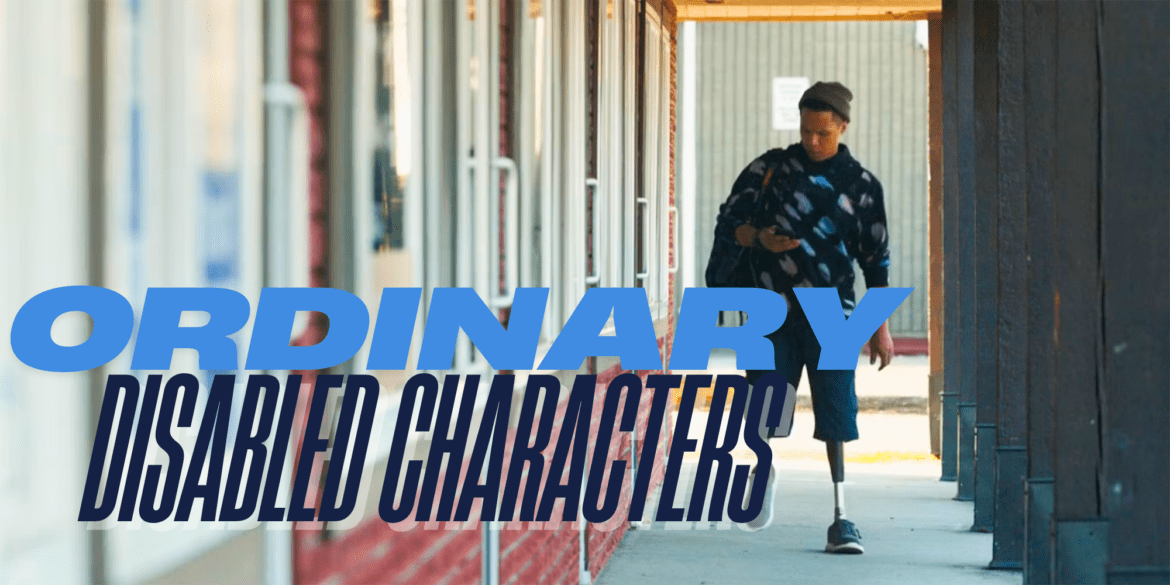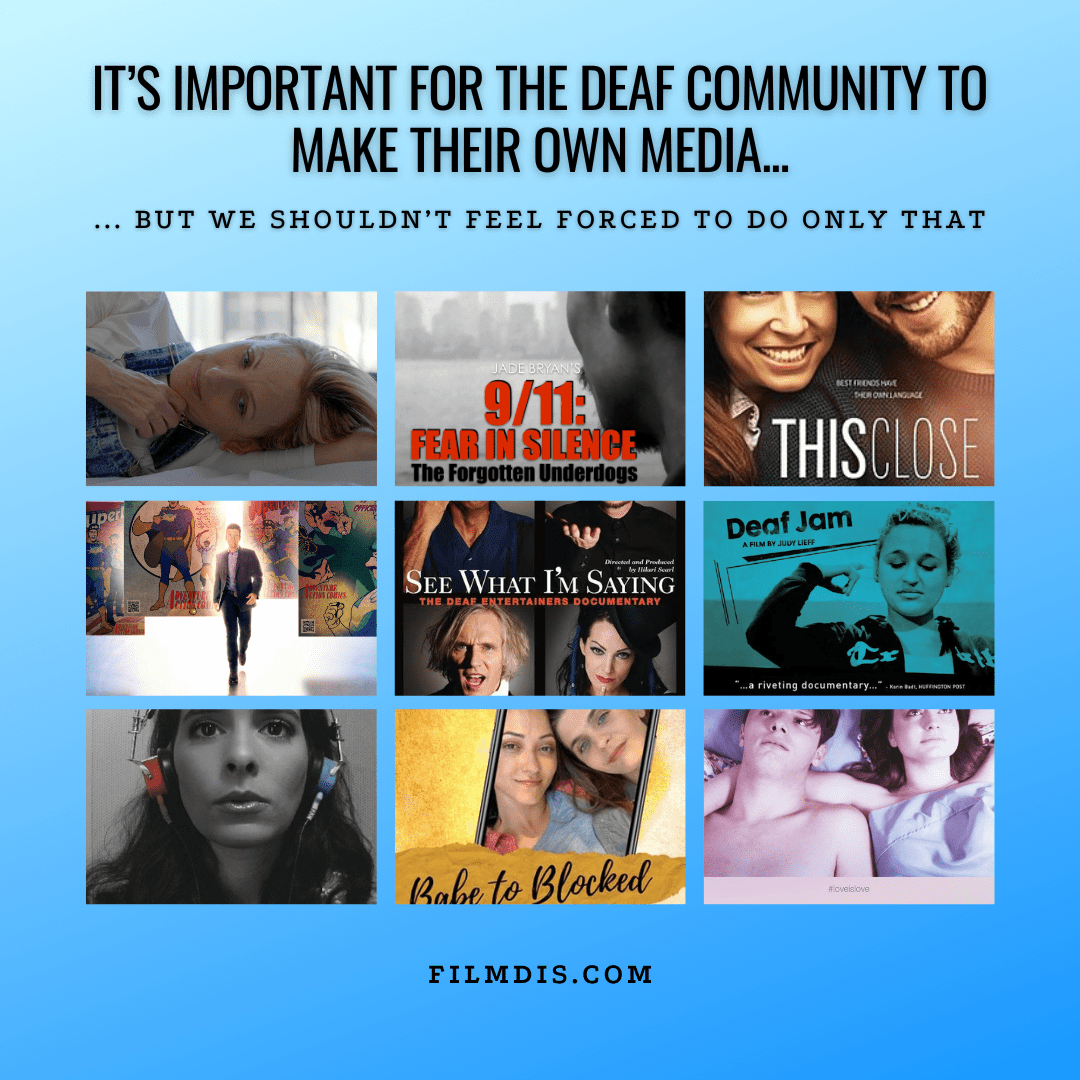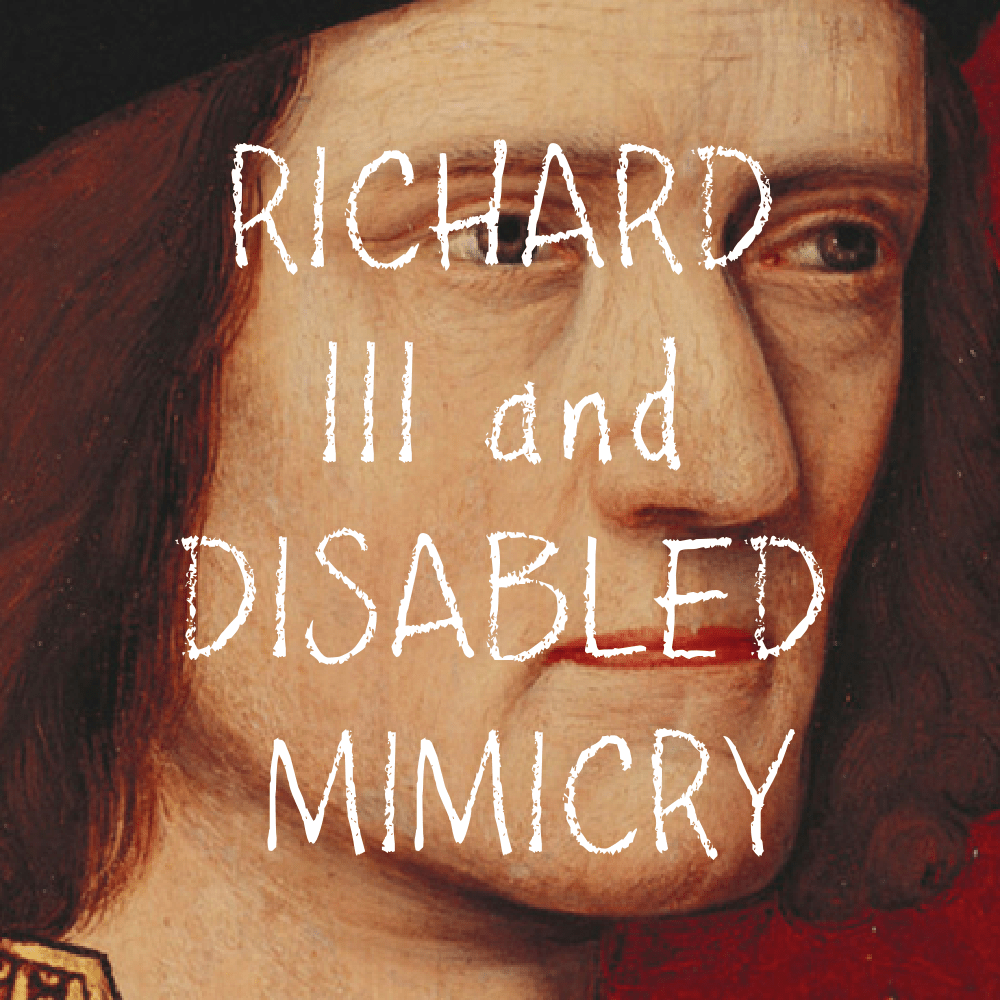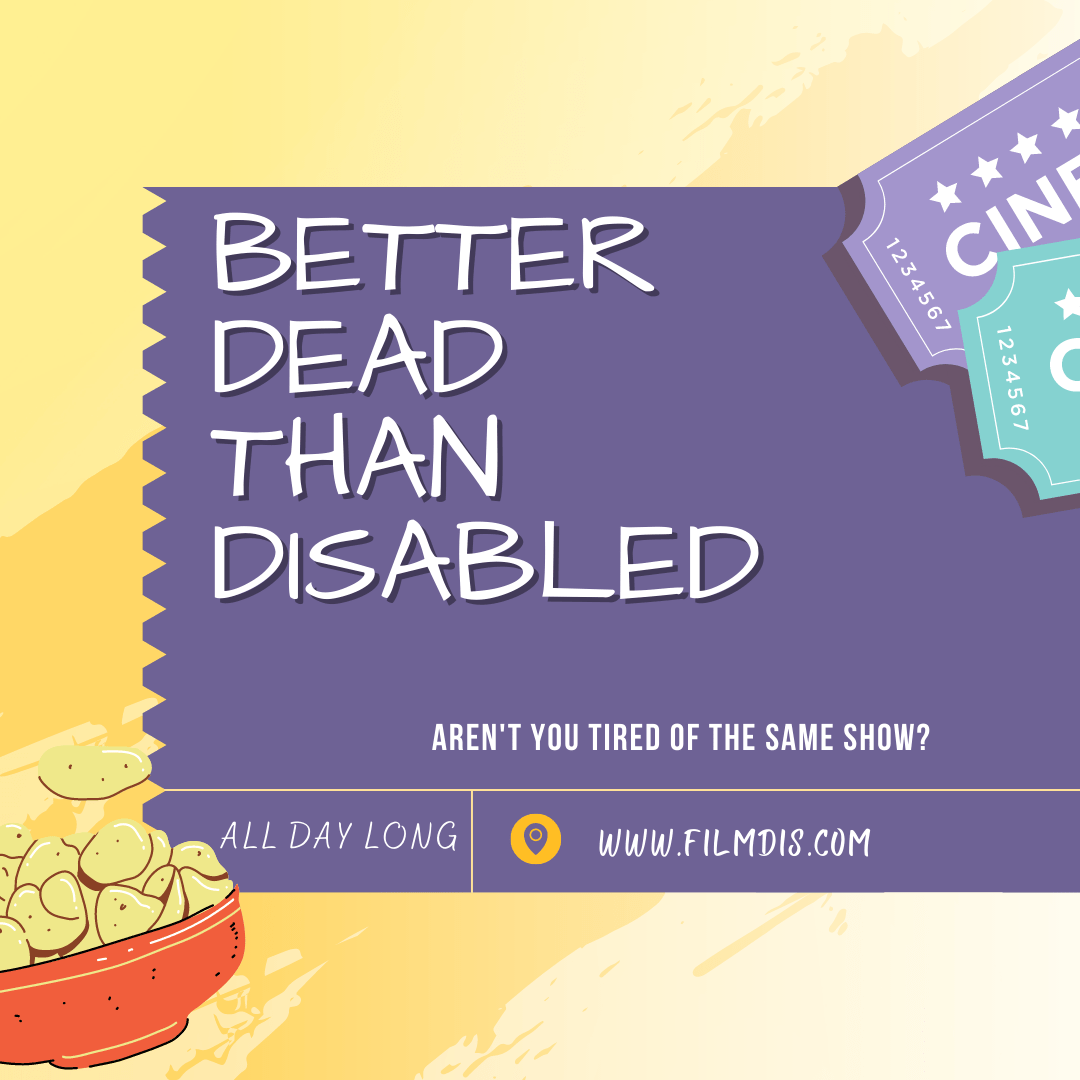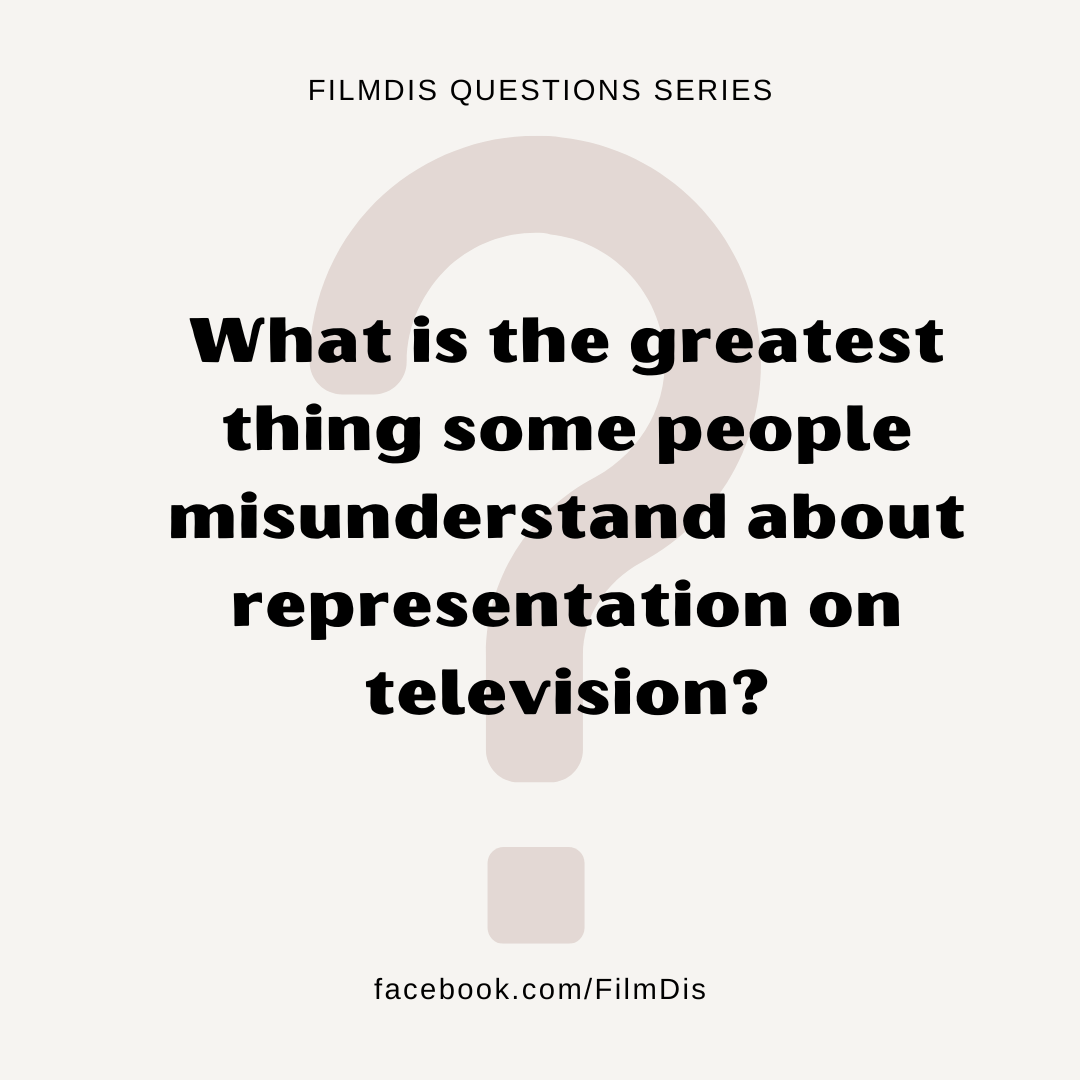Hush is a 2016 horror movie written and directed by Mike Flanagan and stars his wife, Kate Siegel, who is also a co-writer. Kate plays a woman named Maddie Young, …
Deaf President Now! is a new documentary on Apple+ TV, directed by Nyle DiMarco and Davis Guggenheim. The documentary showcases what happened in the true events of the civil rights …
The “Code of Silence” and the “Expert Deaf Lip Reader” Stereotype
Code of Silence is England’s newest up-and-coming crime drama starring Rose Ayling-Ellis, who you might recognize as the first deaf contestant in BBC’s Strictly Come Dancing. The synopsis is described …
Good American Family, Where the Disabled Child Is Framed As the Villain.
Good American Family is an upcoming Hulu miniseries about the true story of Natalia Grace, a little girl from Ukraine who has spondyloepiphyseal dysplasia congenita, a rare form of dwarfism, …
Tracker’s Bobby Exley Being an Ordinary Disabled Person Is Appreciated
Tracker is an action-drama show based on the novel The Never Game by Jeffrey Deaver and currently airing its second season. It stars Justin Hartley, who you may know as …
The Deaf Community Shouldn’t Feel Forced To Only Make Their Own Media
Image Description: Gradient blue background. Text says, “It’s important for the Deaf community to make their own media… but we shouldn’t feel forced to do only that.” Images of 9 …
No, nondisabled people, you should not be leading the discussion about whether something in the theatre is ableist or not. FULL STOP. I have a pet peeve. It’s one I’ve …
This article was originally written and posted by Dom Evans on their website on February 11, 2016. Few films make me as upset as The Sea Inside. It has been years …
What is the greatest thing some people misunderstand about representation on television for disability? When you’re trying to improve the representation landscape in media you get a lot of naysayers. …
One of the most common questions we are asked is whether it will be better for a production to hire a writer or a consultant that is disabled. Ultimately, the …

